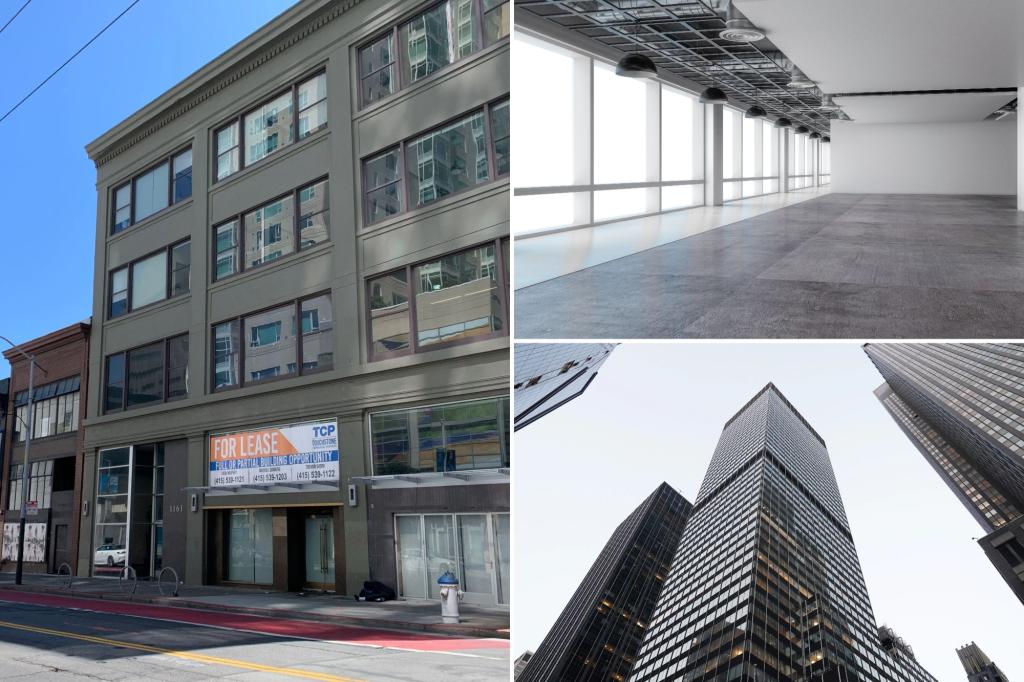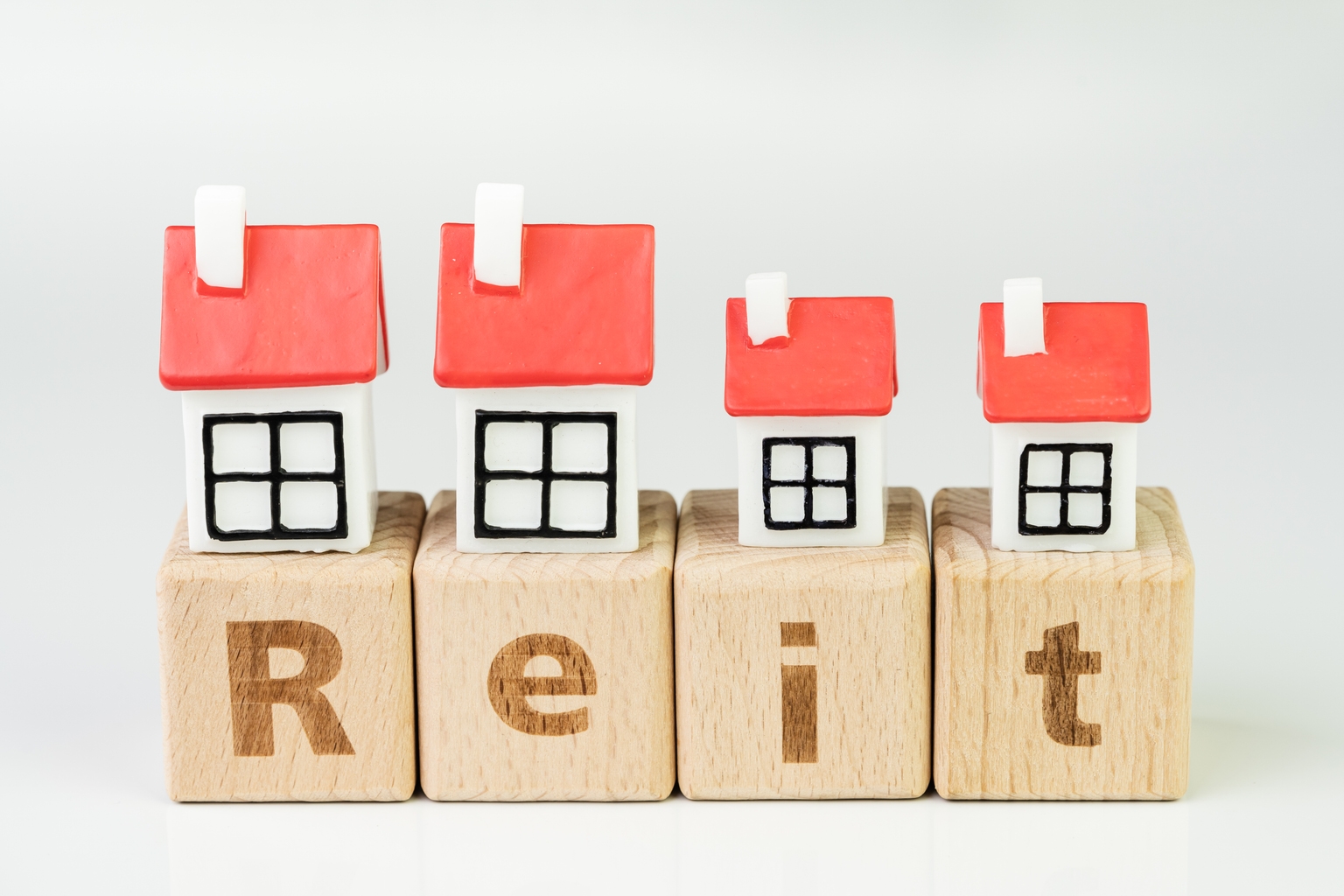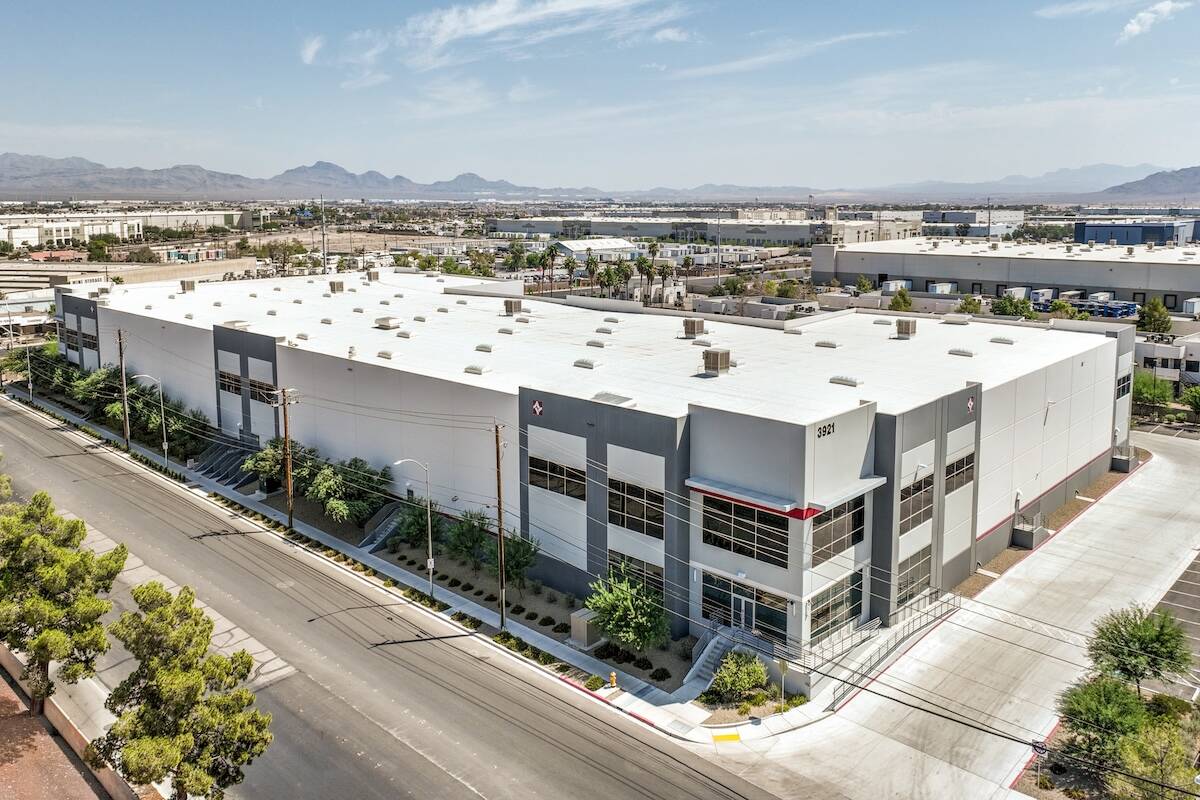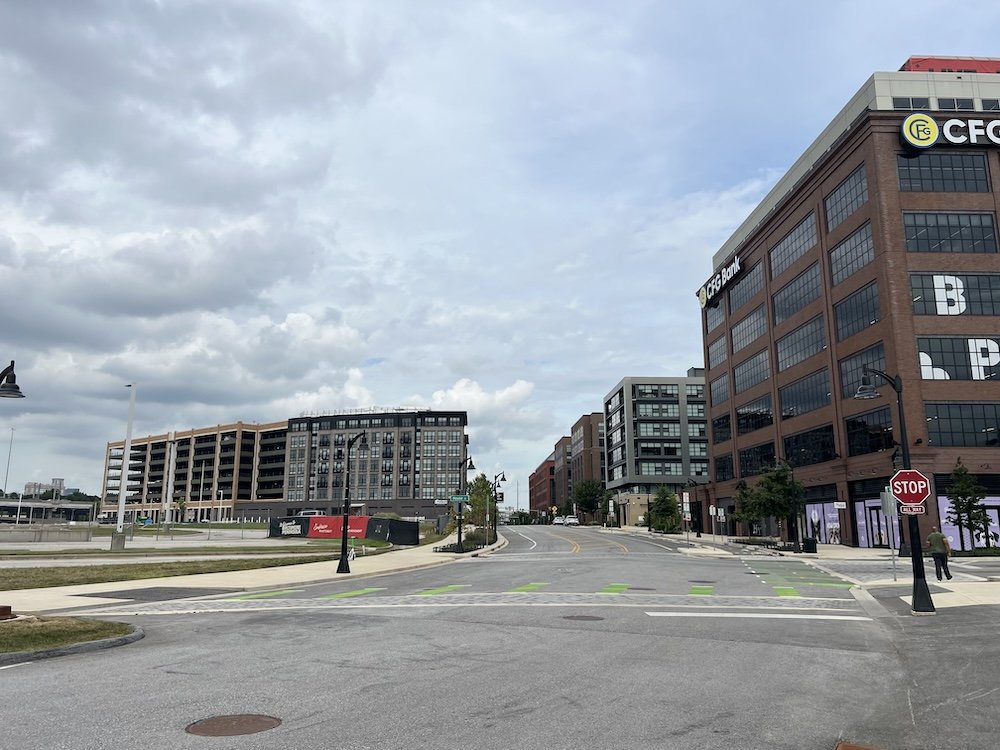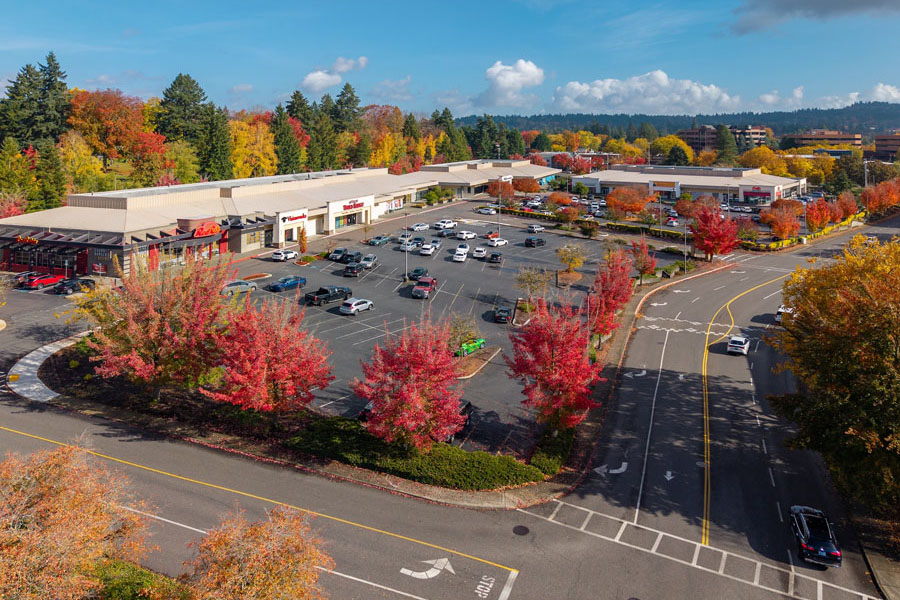T
he US office market is on the brink of a significant transformation as rising debt and remote work trends leave countless buildings vacant and struggling. Experts predict a wave of fire sales and conversions, turning office towers into much-needed residential housing.
Vacancy rates are soaring, with some Class B office buildings sitting empty at 80%. Landlords and banks face a ticking clock to dispose of these properties, with Richard Barkham, chief global economist for CBRE, predicting a wave of offices being returned to banks, either demolished or converted.
The commercial real estate market is facing significant challenges as work-from-home trends persist and large amounts of maturing debt loom. Large financial institutions are shedding troubled assets from their balance sheets, with the total amount of commercial real estate loans held by banks dropping to $2.9 trillion.
Office-to-apartment conversions are on the rise, with a 357% increase in 2024 compared to 2021. Some of the hardest-hit properties will be converted into apartments, with Yardi Matrix estimating that 55,000 office spaces were transformed in 2024 alone.
Barkham notes that there's a solid base of badly performing offices that will go bust over the course of 2025, and it's clear that the US doesn't need as much office space as it did. National office vacancy rates hit 19.4% in August, marking a sharp increase from the previous year.
As more offices sit empty, the opportunity to repurpose these buildings is gaining steam. Real estate finance attorney John Vavas says the conversion trend is here to stay, with an estimated 1.2 billion square feet of office space potentially being converted into residential use.
Major cities like Washington DC, New York, and Los Angeles are at the forefront of this new era, with a combined 19,462 office-to-residential conversions in the pipeline. While converting office space to residential use is expensive and complex, it's seen as a viable solution given the surplus of office space and the housing shortage.
In some cases, architects have had to cut holes in skyscrapers to rearrange interior layouts, but for landlords stuck with empty floors, the effort is worth it. Silverstein Properties has already allocated $1.5 billion to convert part of its office portfolio into residential units in New York.
However, these projects are costly and complex, primarily because office buildings and apartment buildings have completely different interior layouts. Still, with the ongoing housing shortage in the US and declining demand for office space, these conversions could provide a lifeline for struggling real estate investors.
